Introduction
Time is the one resource we can never reclaim once it’s gone, yet it often feels like there’s never enough of it. If you’ve ever wished for more hours in the day, you’re not alone. The key to managing your time isn’t working harder or longer—it’s working smarter. And there’s no better tool for that than a calendar.
When used effectively, a calendar can become your personal productivity partner, transforming chaos into clarity and helping you take control of your schedule. Let’s explore how you can master time management with savvy calendar tips to create a life where your priorities and goals align effortlessly.
Understanding the Role of Calendars in Time Management
Calendars aren’t just date-keeping tools—they’re powerful frameworks for organizing your time and energy. By visualizing your tasks and commitments, a calendar helps you make intentional decisions about how to spend your days.
Before diving into strategies, it’s crucial to choose the right type of calendar for your needs. Some thrive on digital calendars like Google Calendar, packed with features like notifications and integrations. Others prefer the tactile satisfaction of a physical planner, where writing tasks by hand can feel more personal. Choose what complements your style, or experiment with both to find your sweet spot.
Setting the Foundation for Effective Calendar Use
Before you can fill your calendar, you need clarity on what matters most. Start by defining your priorities—both professional and personal. What tasks bring you closer to your goals? What obligations can you delegate or eliminate?
Break down larger goals into smaller, actionable steps. For example, instead of simply writing “Launch website,” divide it into subtasks like “Design homepage,” “Write blog content,” and “Test functionality.” By assigning these steps specific time slots, your goal becomes far less daunting and much more achievable.

Mastering Calendar Organization
The way you organize your calendar can make or break your time management efforts. One of the most effective techniques is time blocking. By dedicating specific blocks of time to focused work, meetings, or even relaxation, you can ensure that every hour serves a purpose.
Take it a step further with color coding. Assign a color to each category of activity, such as work, family, health, or hobbies. This visual clarity allows you to see at a glance whether your week is balanced or skewed.
Don’t forget to include buffer time between tasks. Life is unpredictable, and leaving small gaps between appointments gives you room to breathe or handle unexpected delays without throwing off your entire schedule.
Leveraging Calendar Features for Productivity
Modern calendars are brimming with features that can revolutionize your productivity. Recurring events, for instance, save you the hassle of re-entering weekly meetings or monthly bill reminders. Automating these tasks frees up mental bandwidth for more important decisions.
Notifications and reminders are another game-changer. Set them strategically—not too early, not too late—to ensure you’re prepared without feeling rushed.
For those using digital tools, integrations can be your best friend. Sync your calendar with task management apps like Trello or Asana to create a seamless workflow. This interconnectedness ensures that nothing slips through the cracks.
Balancing Work and Life Through Smart Scheduling
Time management isn’t just about productivity; it’s about creating a fulfilling life. A well-organized calendar helps you strike a balance between work and personal commitments. Schedule non-negotiable time for loved ones, self-care, and hobbies that recharge you.
Time management isn’t just about productivity; it’s about creating a fulfilling life. A well-organized calendar helps you strike a balance between work and personal commitments. Schedule non-negotiable time for loved ones, self-care, and hobbies that recharge you.

Troubleshooting Common Time Management Challenges
Even with the best intentions, challenges will arise. Overbooking is a common pitfall, leaving you feeling stretched too thin. Avoid this by leaving empty spaces in your calendar for flexibility.
When plans inevitably change, embrace adaptability. Use your calendar as a dynamic tool, not a rigid dictator. Reschedule tasks with intention and move forward without dwelling on disruptions.
Conclusion
A well-used calendar is more than just a tool—it’s a guide to living with purpose and clarity. By mastering these time management and calendar tips, you can align your daily actions with your long-term goals.
When you take control of your schedule, you reclaim control of your life. Embrace your calendar as your ally in success, and watch as your productivity soars, stress diminishes, and your dreams come within reach.
Frequently Asked Questions
1. What are the best calendar tips for improving time management?
To improve time management with a calendar, start by prioritizing your tasks and breaking large goals into smaller, actionable steps. Use time blocking to allocate specific time slots for focused work, meetings, and personal activities. Color code your events for easy visual organization and set up reminders to stay on track. Finally, include buffer time between tasks to account for unexpected delays or breaks.
2. How can I use time blocking effectively in my calendar?
Time blocking involves assigning specific blocks of time to tasks or activities. To use it effectively, begin by listing your daily priorities and grouping similar tasks together. Assign realistic timeframes for each activity and schedule them during your most productive hours. Be consistent with your blocks but leave room for flexibility in case plans change.
3. What’s better for time management digital or physical calendars?
The choice between digital and physical calendars depends on your preferences and needs. Digital calendars like Google Calendar offer convenience, automated reminders, and integrations with other productivity tools, making them ideal for tech-savvy users. Physical calendars or planners provide a tactile experience and can help some people better visualize their commitments. Experiment with both to find what works best for you, or use a combination of both.
4. How do I prevent overbooking my schedule when using a calendar?
To avoid overbooking, always review your calendar before adding new tasks or appointments. Use buffer time between activities to create breathing room. Prioritize commitments by their importance and urgency, and don’t hesitate to say no to low-priority tasks. Regularly update your calendar and ensure it reflects a realistic balance between work and personal time.
5. How can I use my calendar to balance work and personal life?
A balanced calendar reflects both professional and personal priorities. Start by scheduling non-negotiable commitments like work meetings and family time. Dedicate time blocks for personal activities such as exercise, hobbies, or self-care. Use color coding to differentiate work and personal events and ensure you’re not neglecting either area. Regularly review your calendar to maintain a healthy balance and adjust as needed.


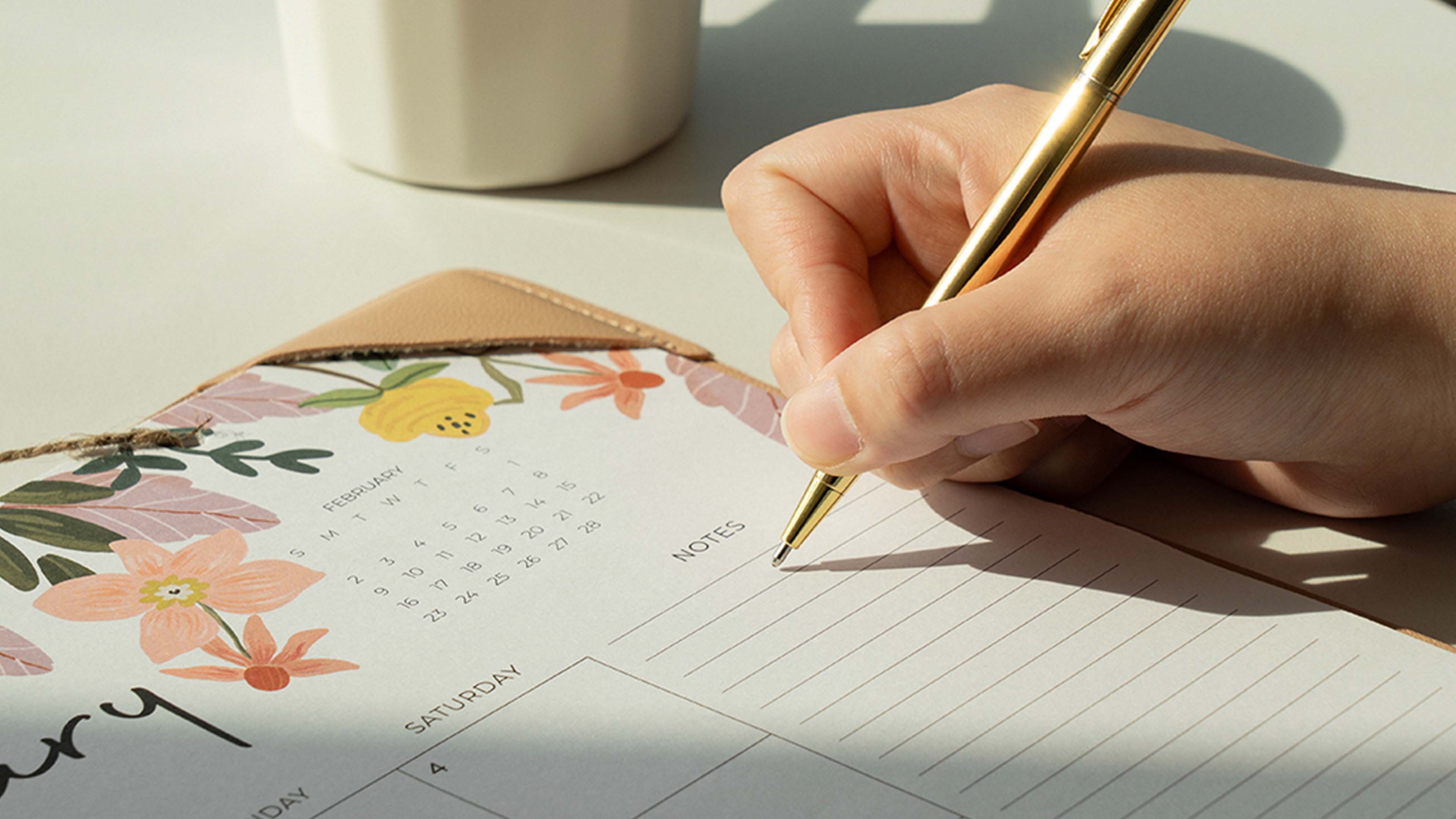
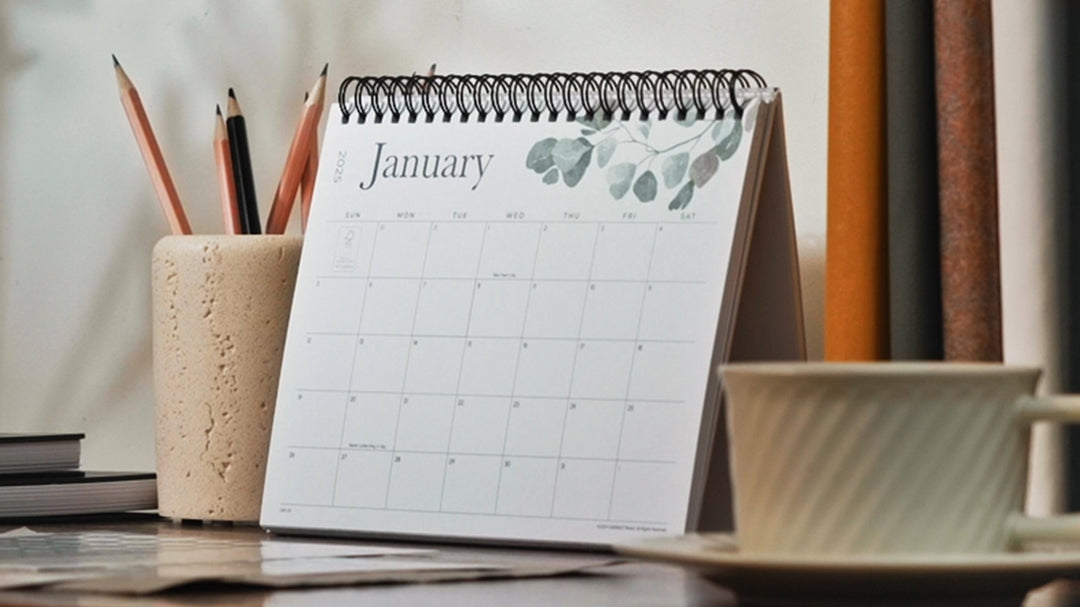

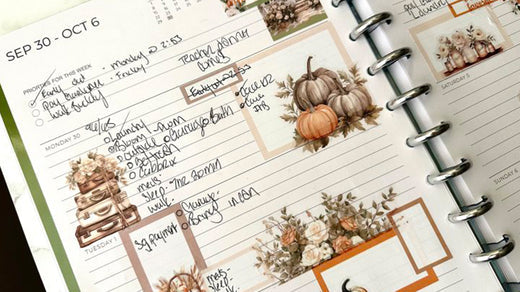
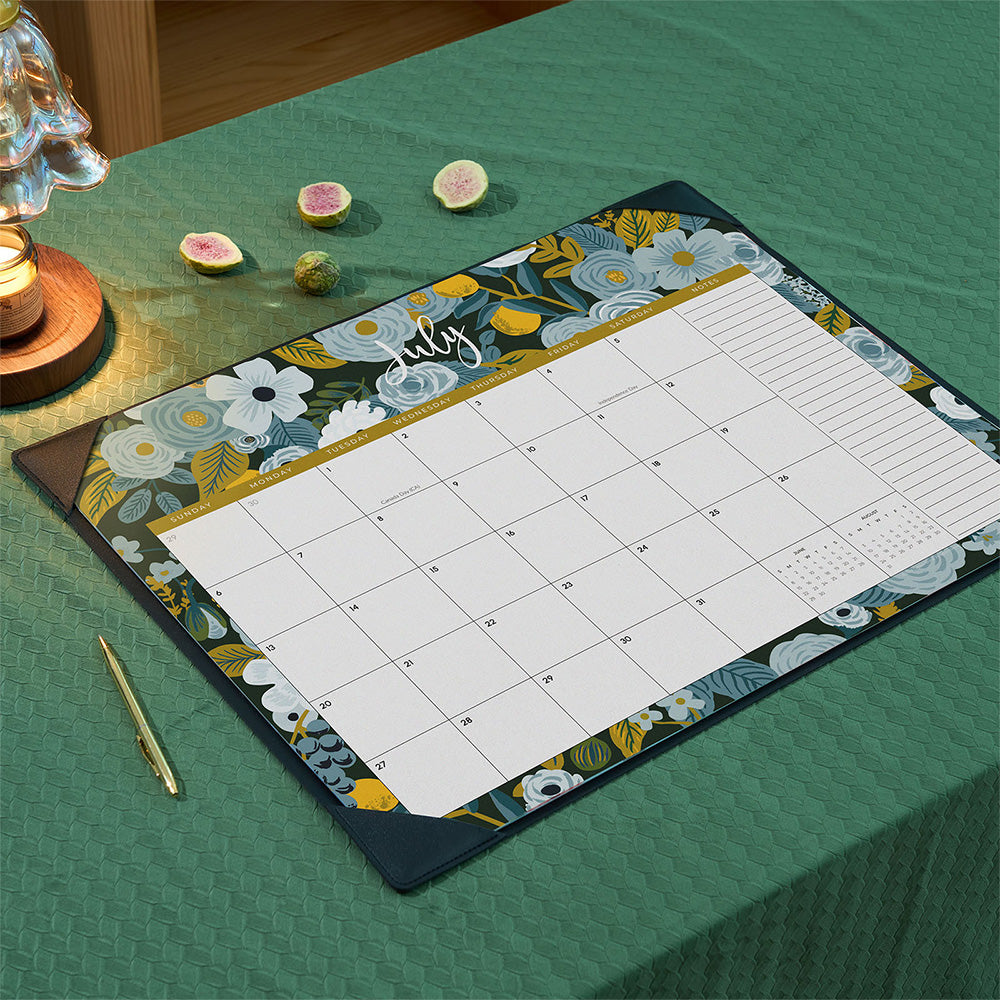
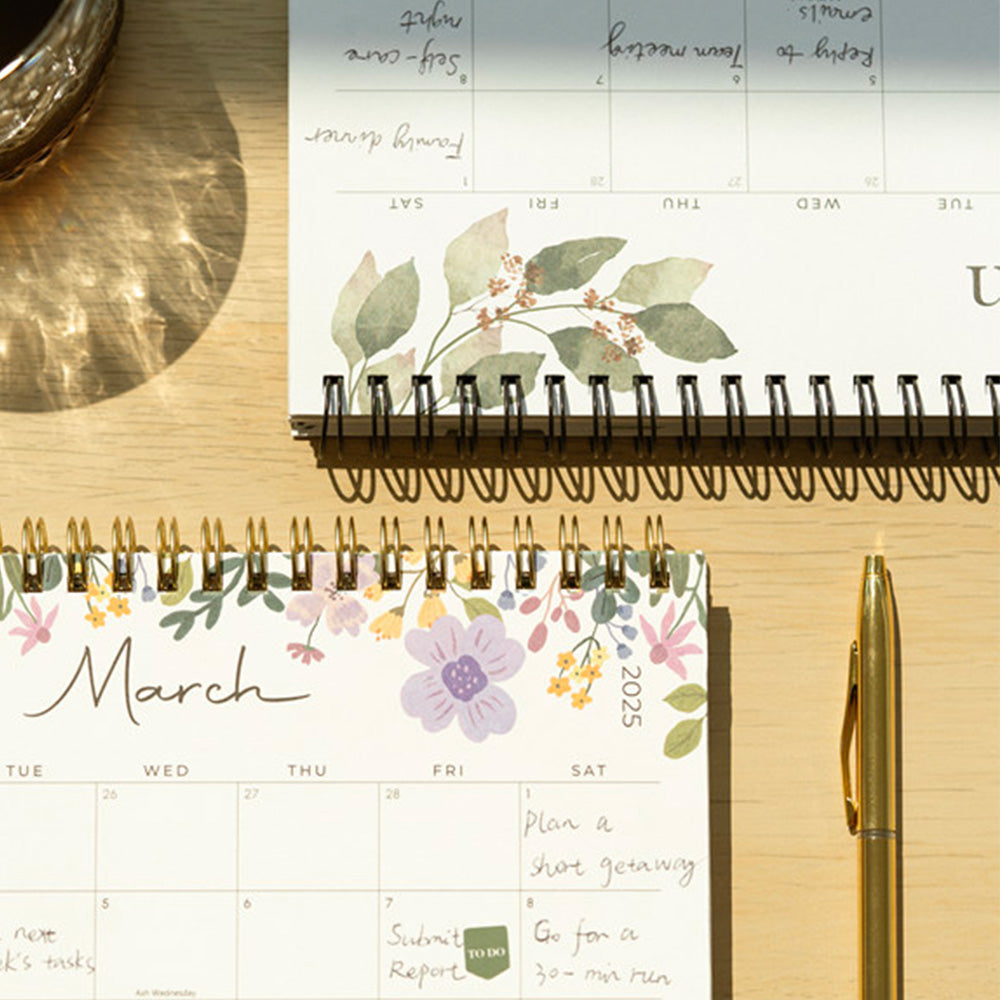
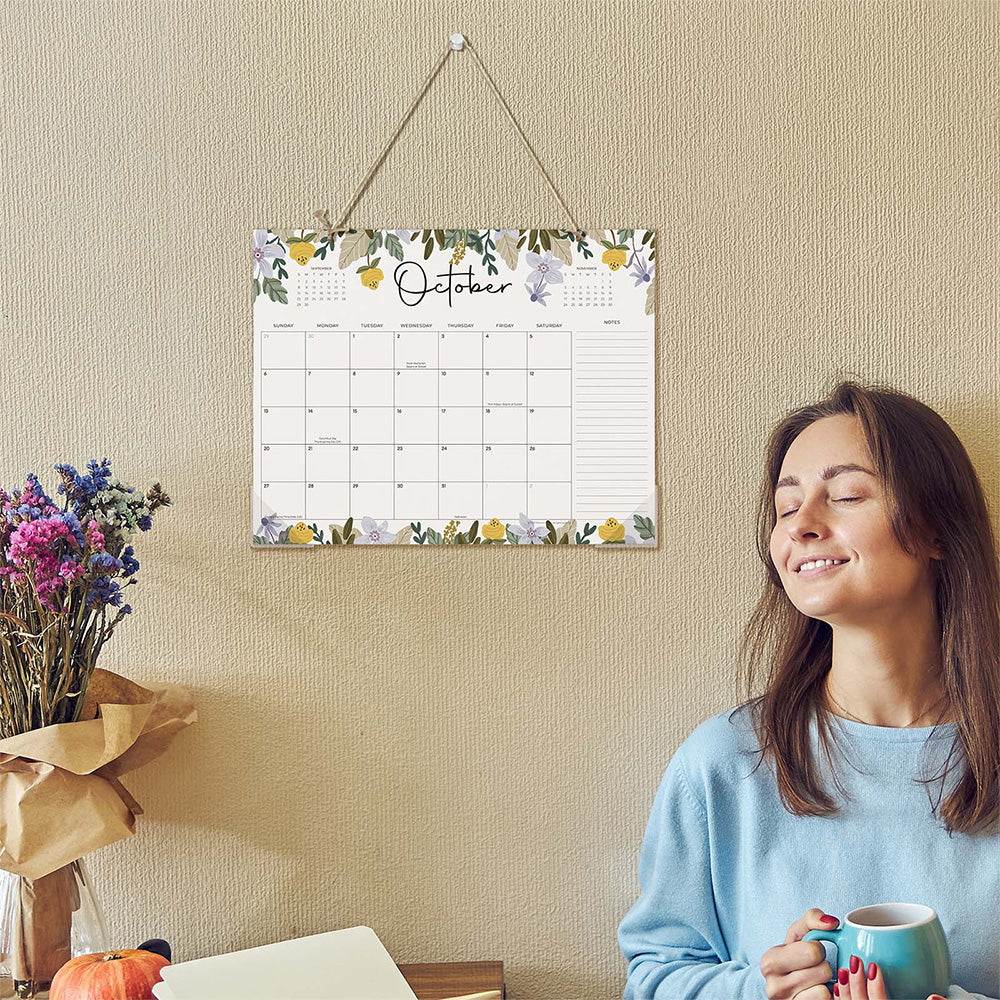
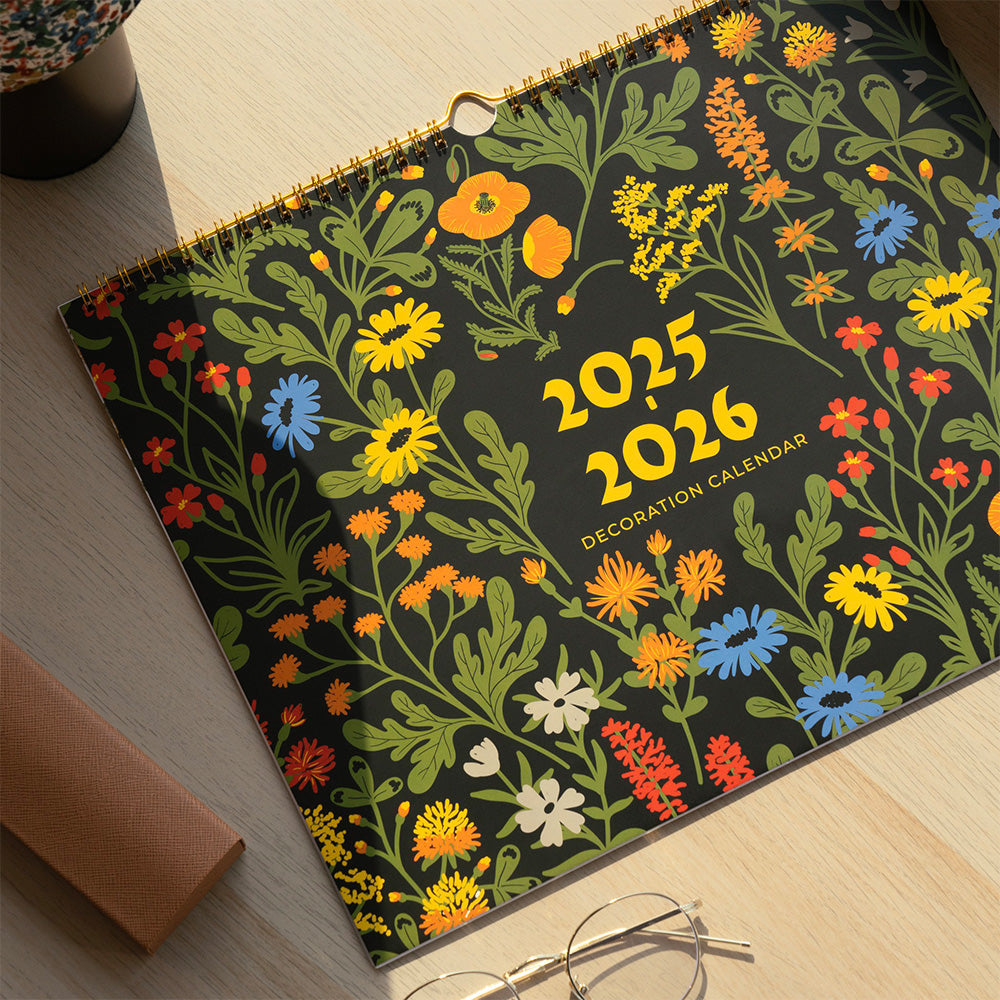

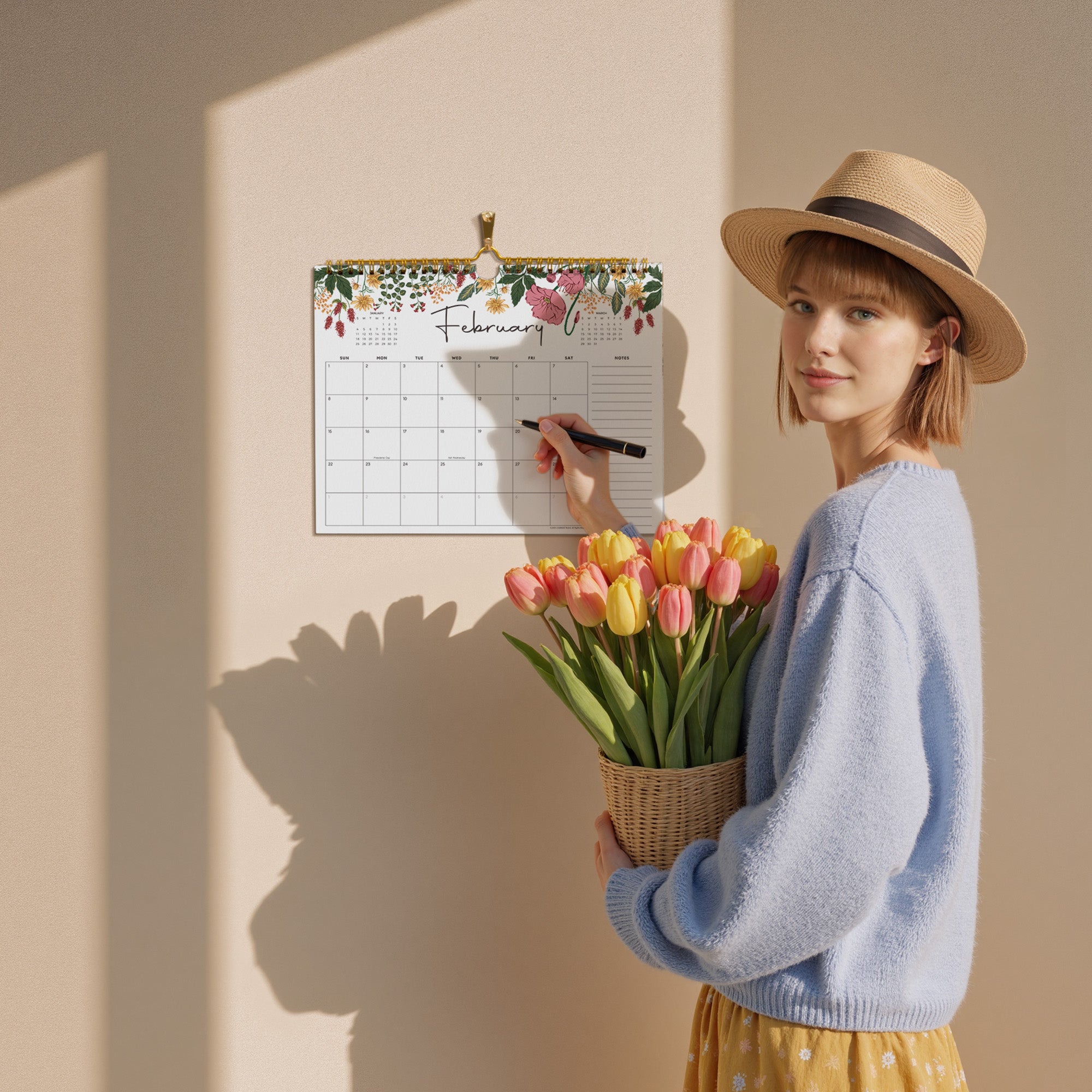
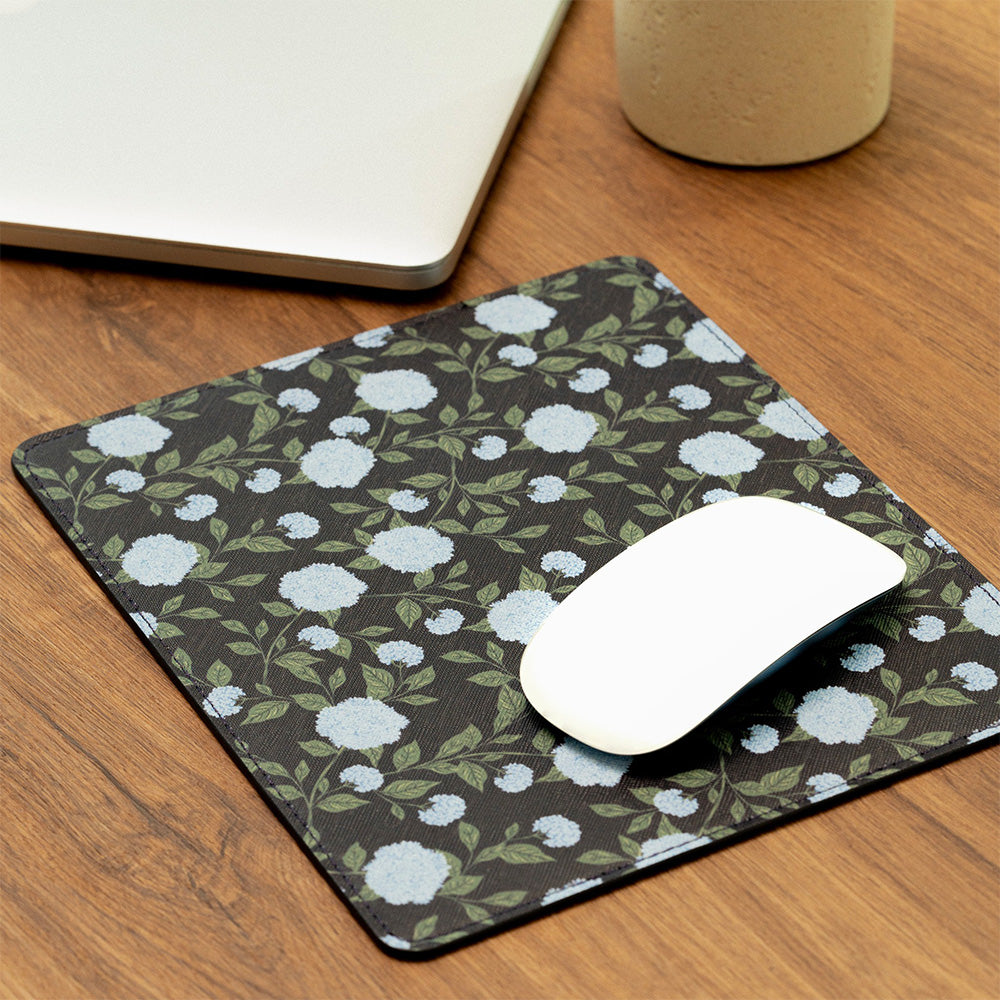
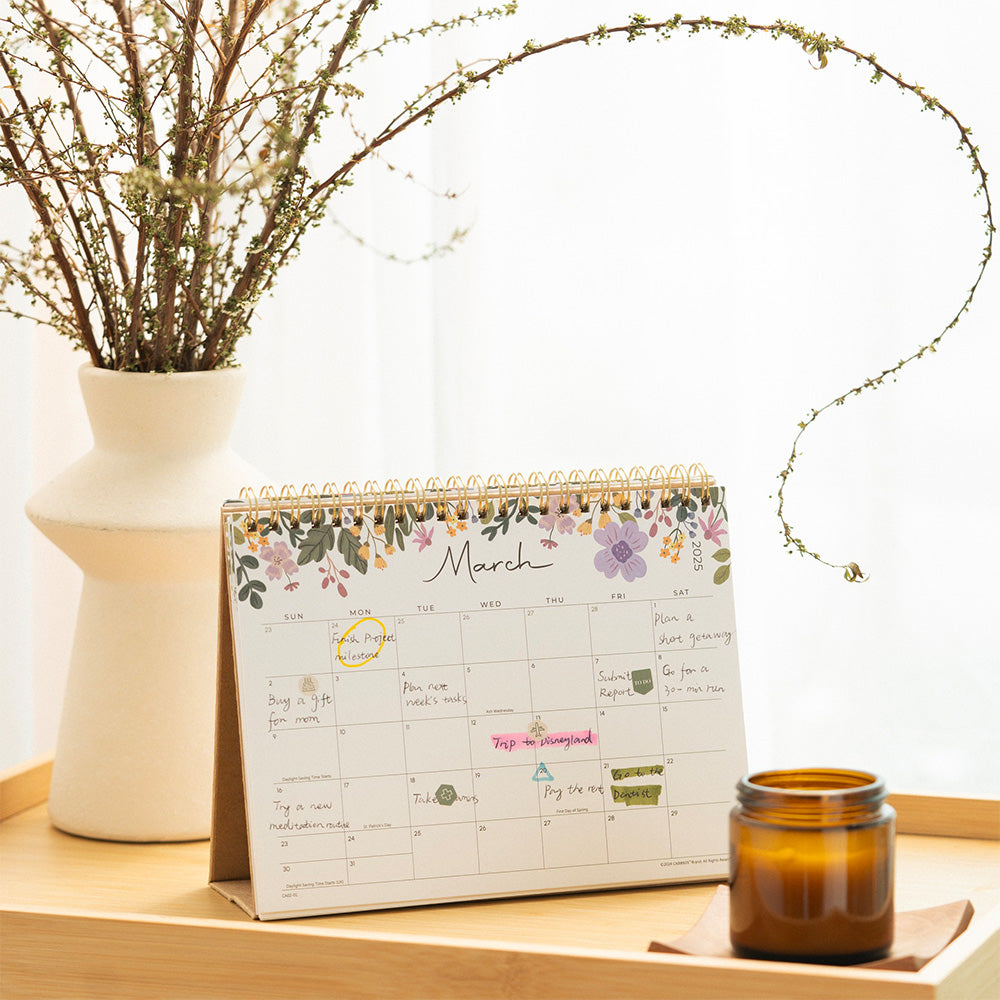
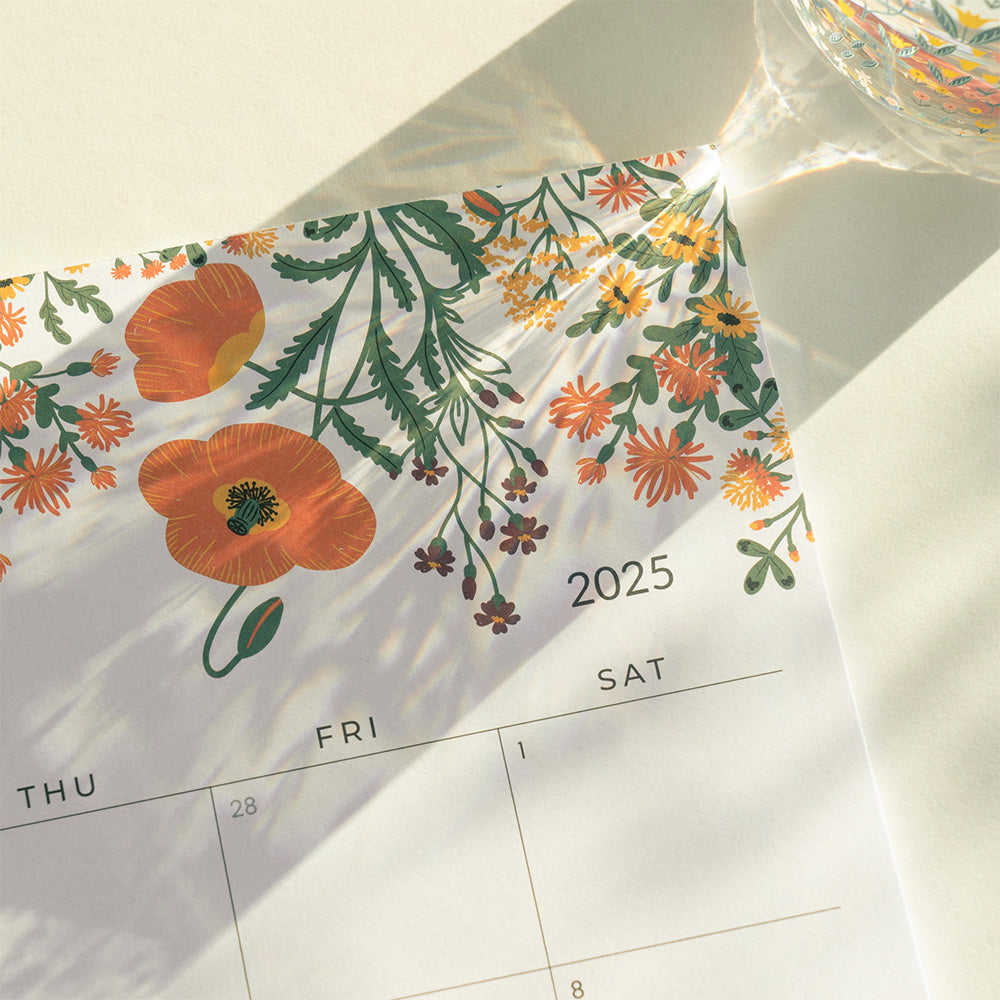
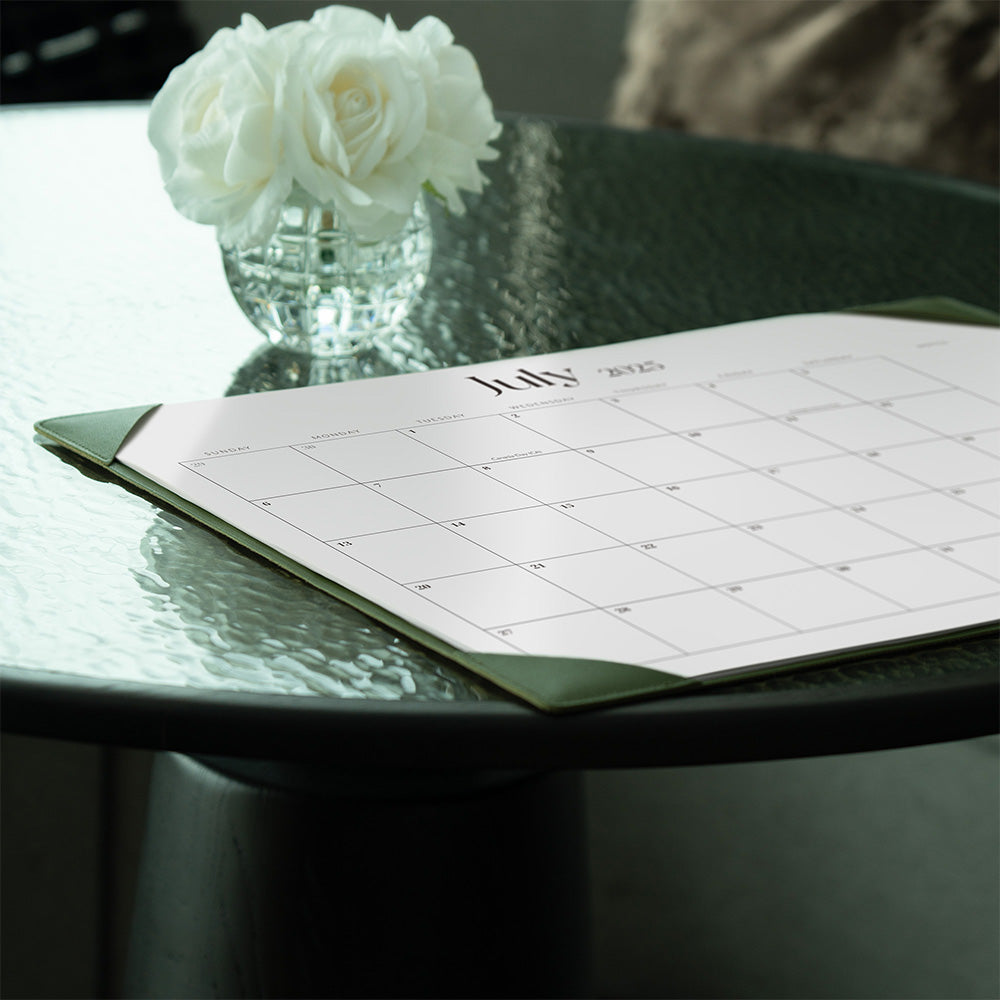
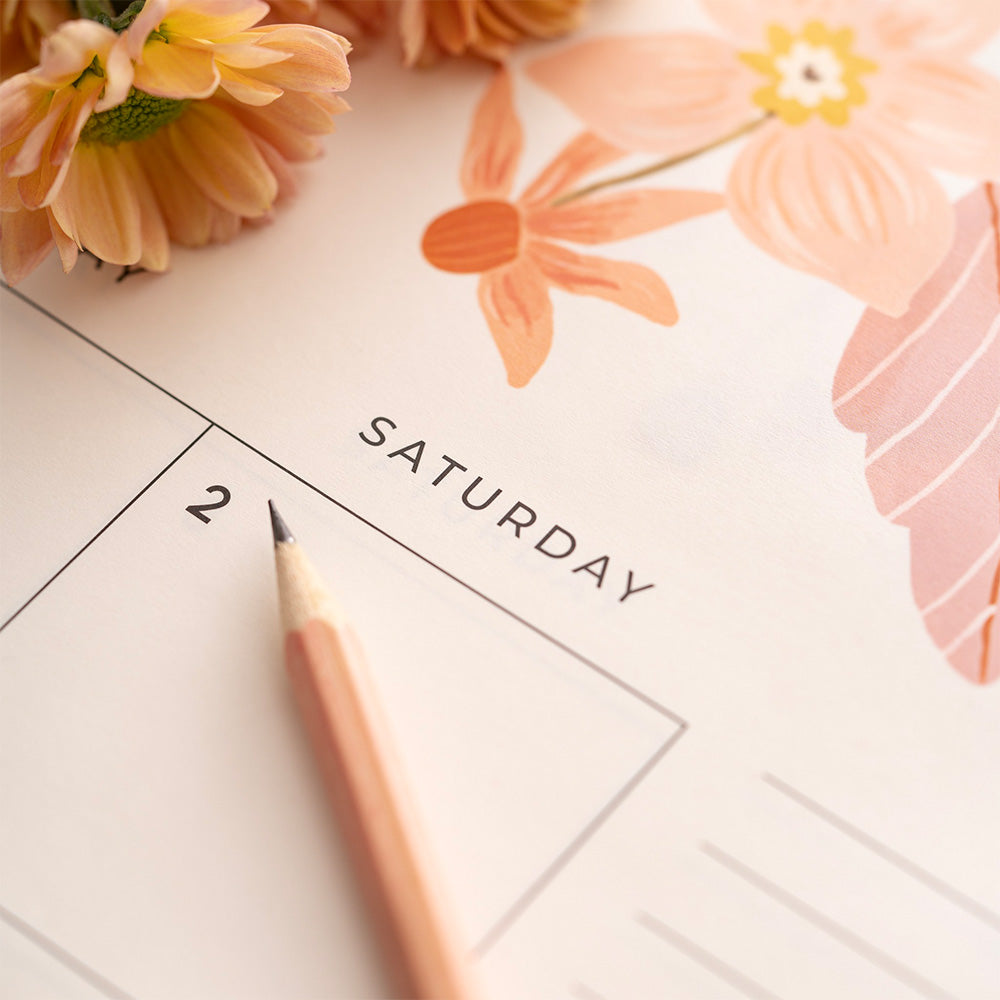
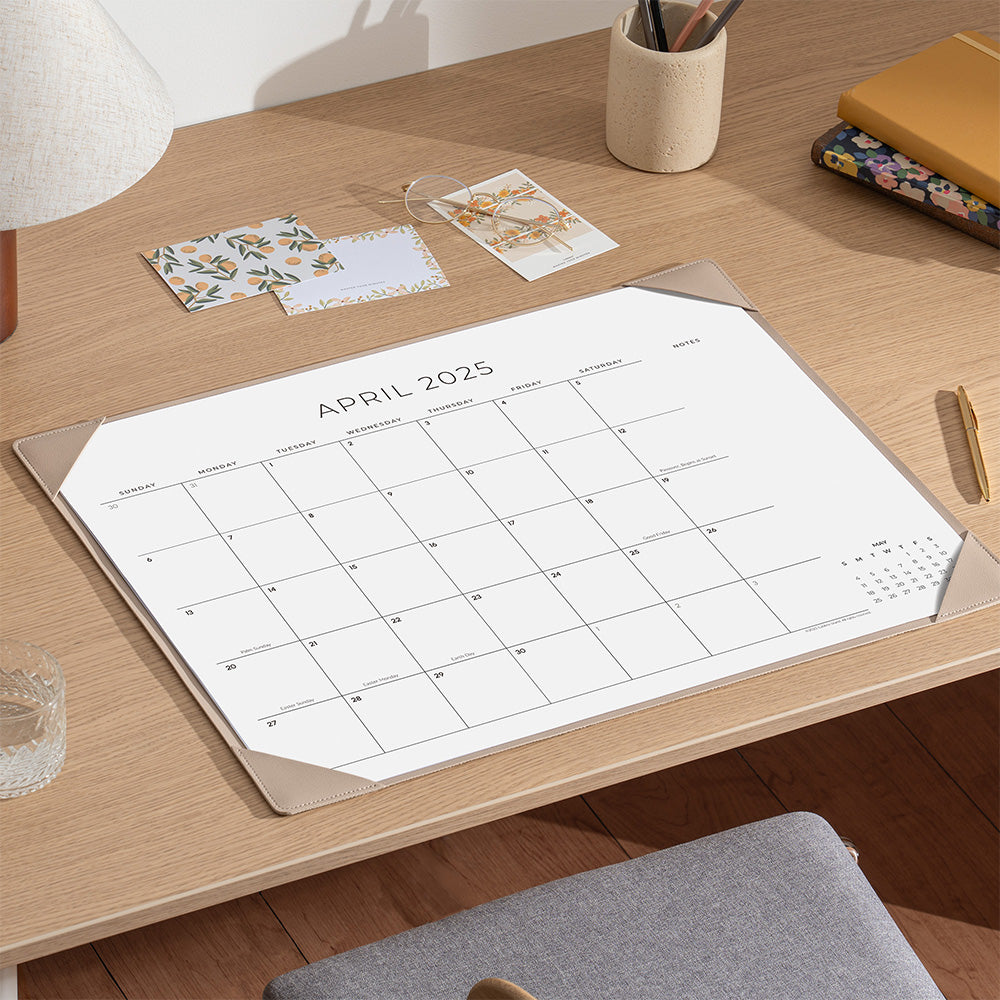
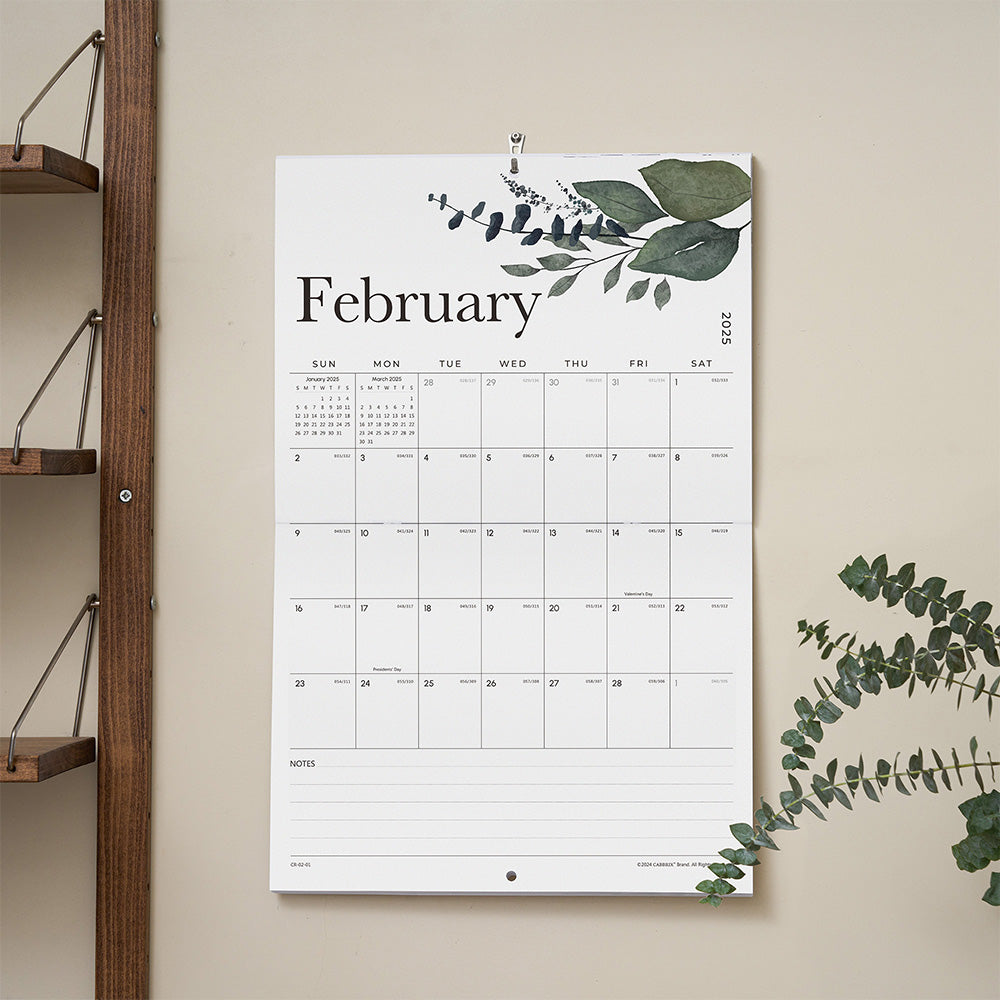
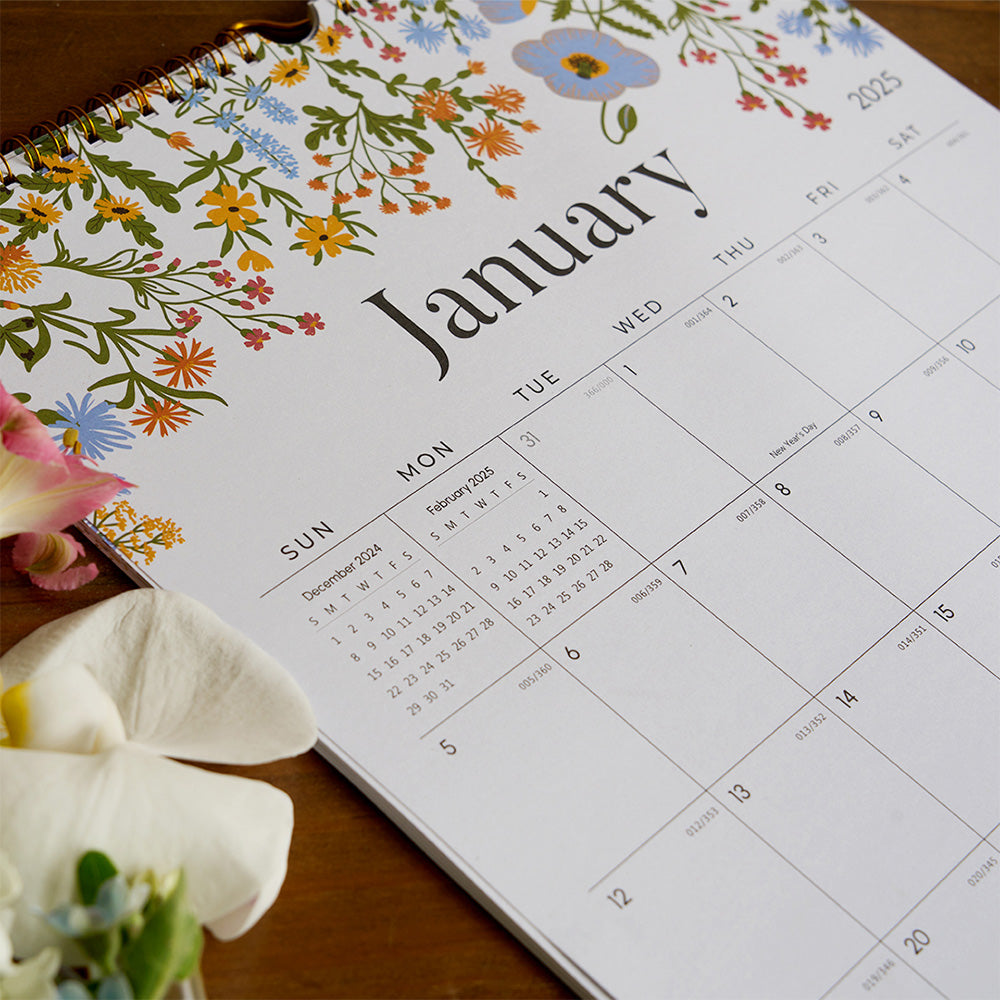
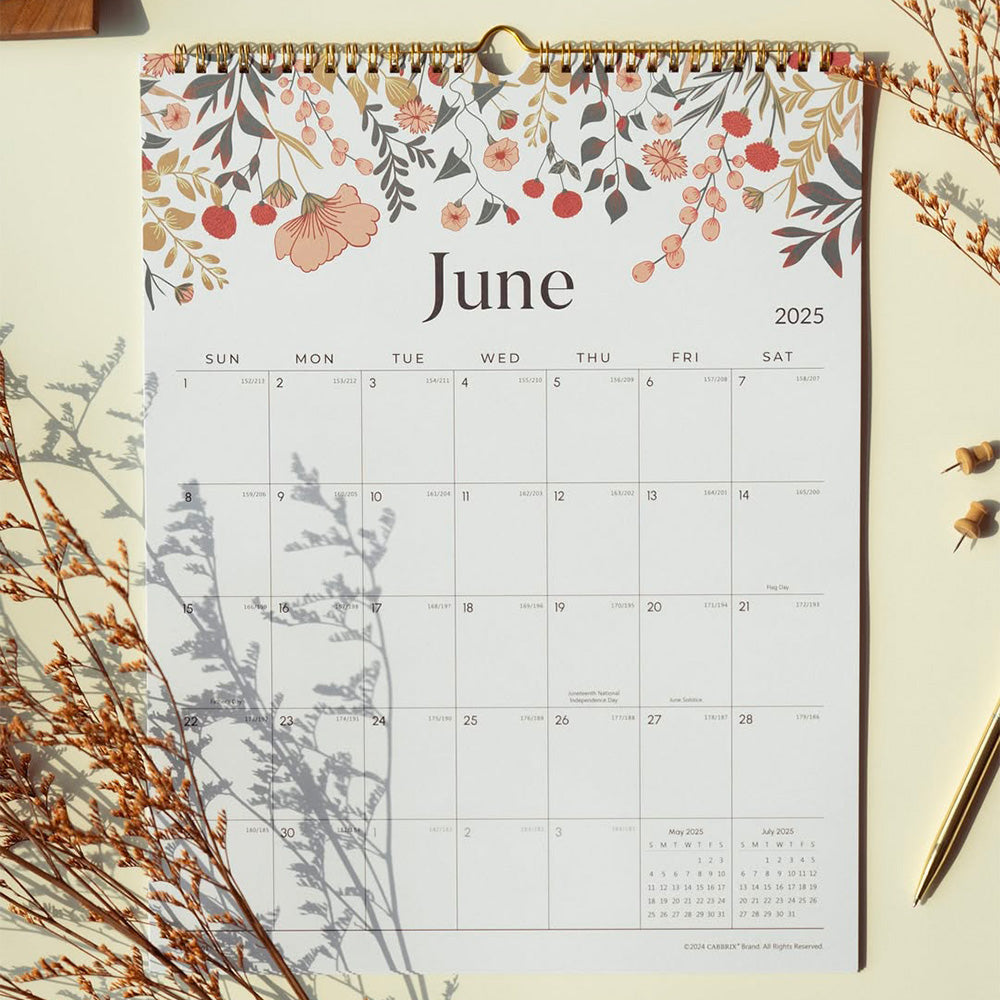
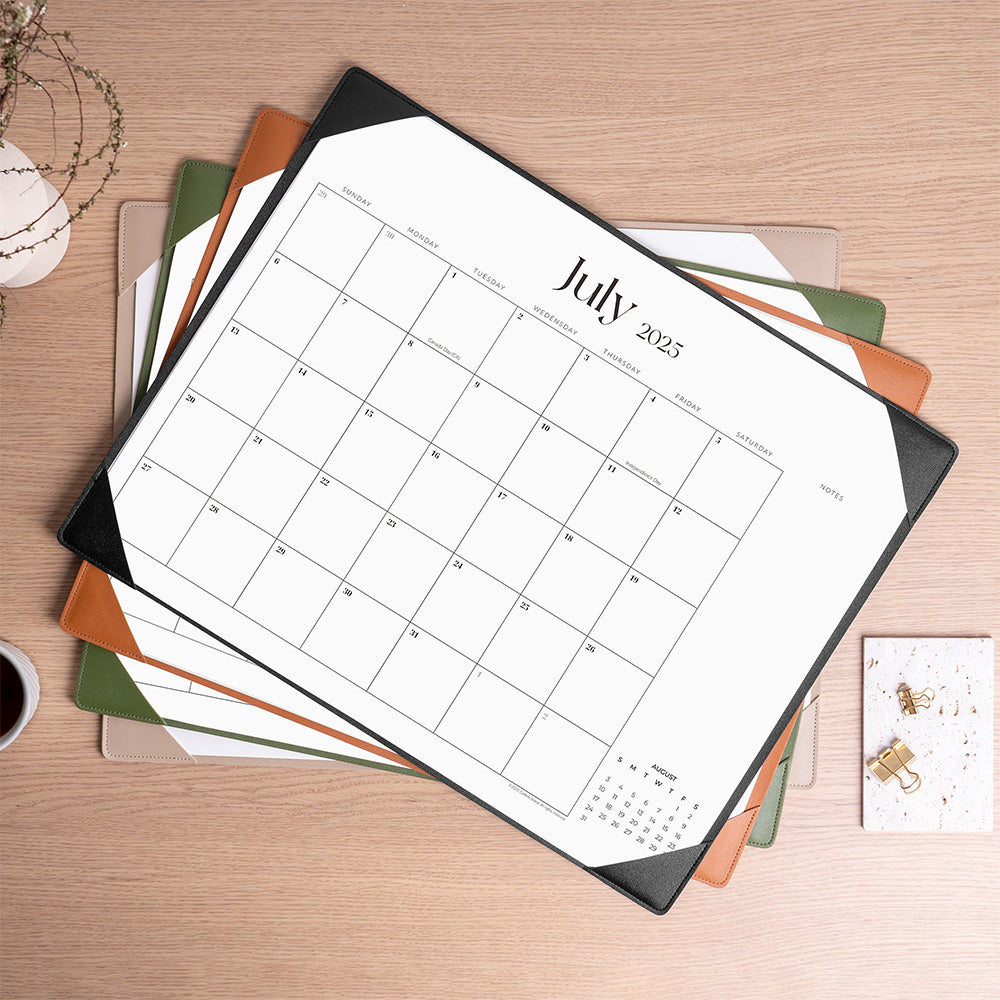
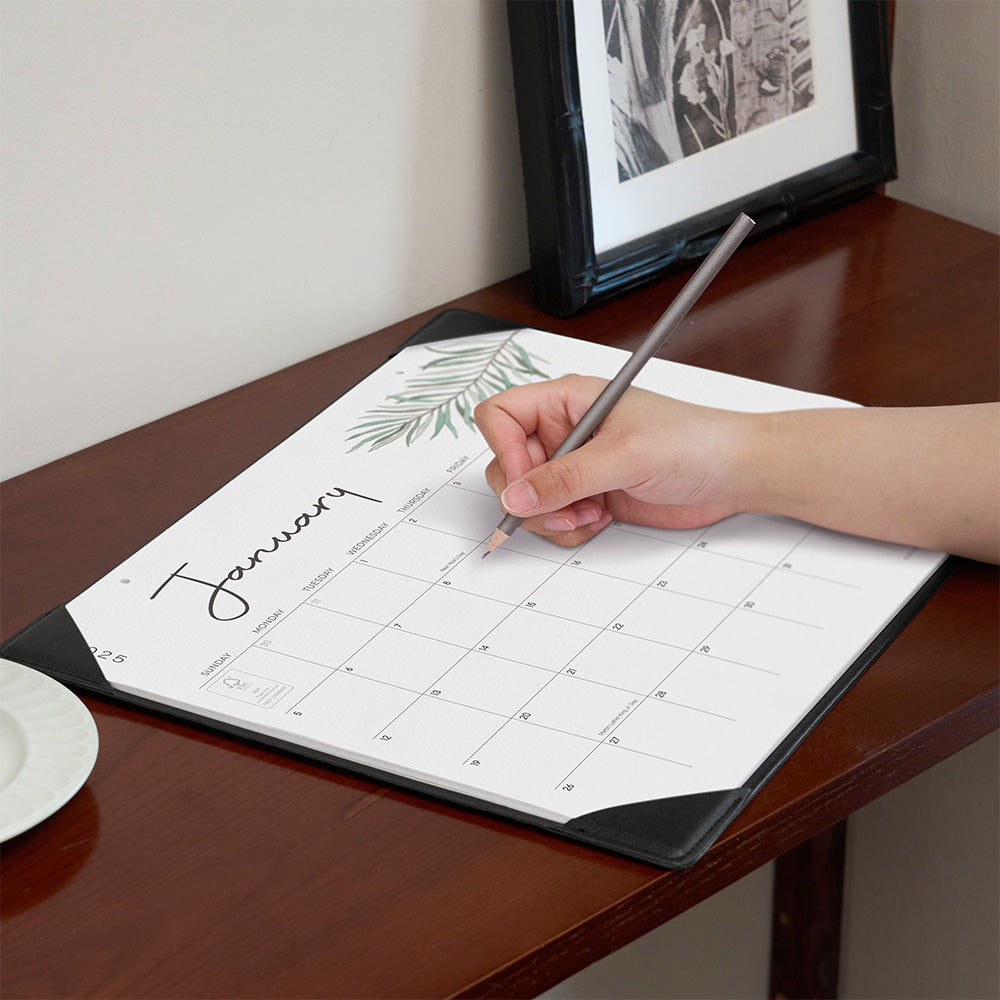

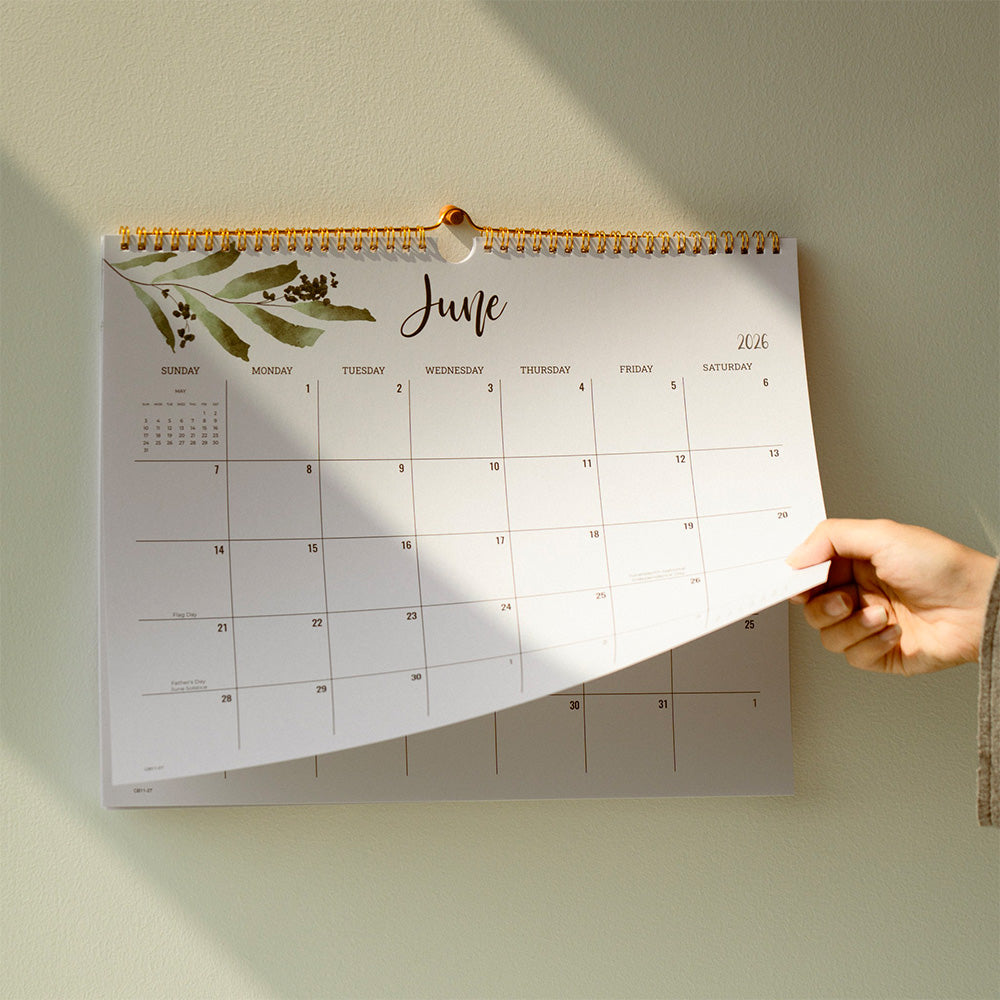
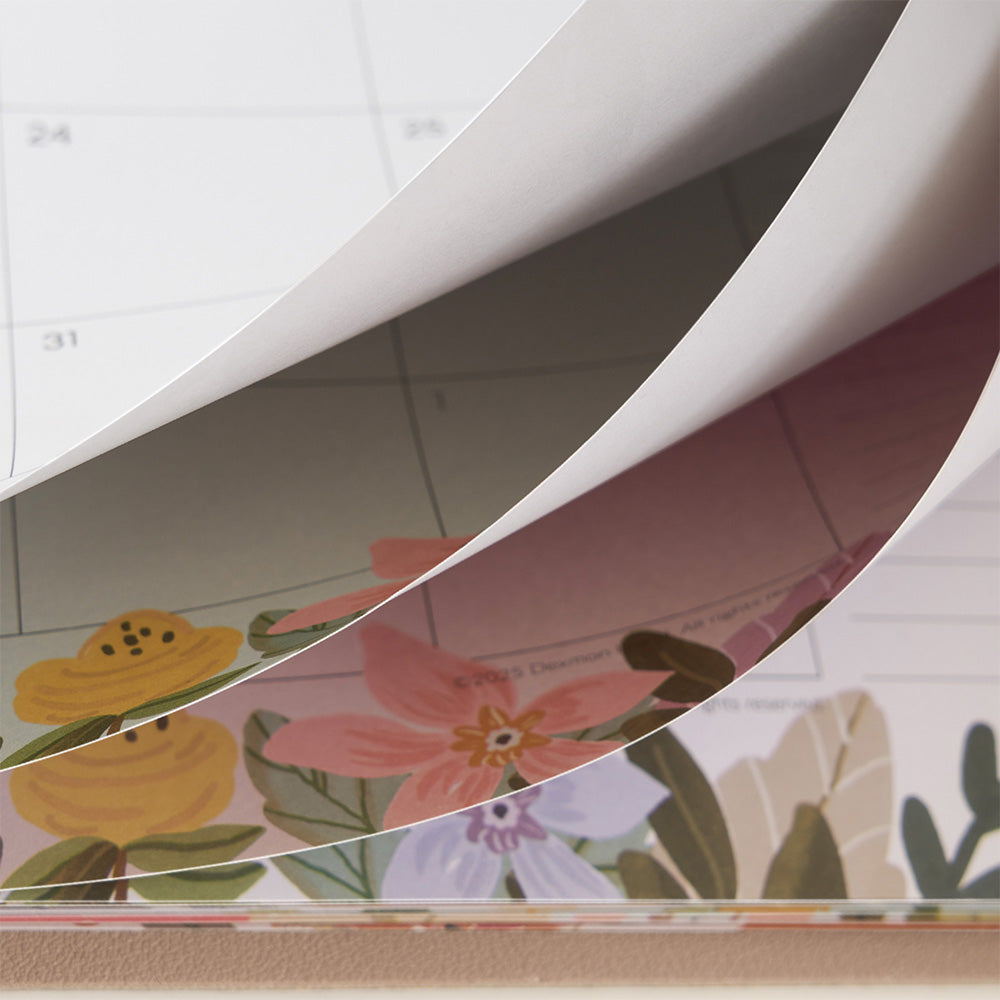
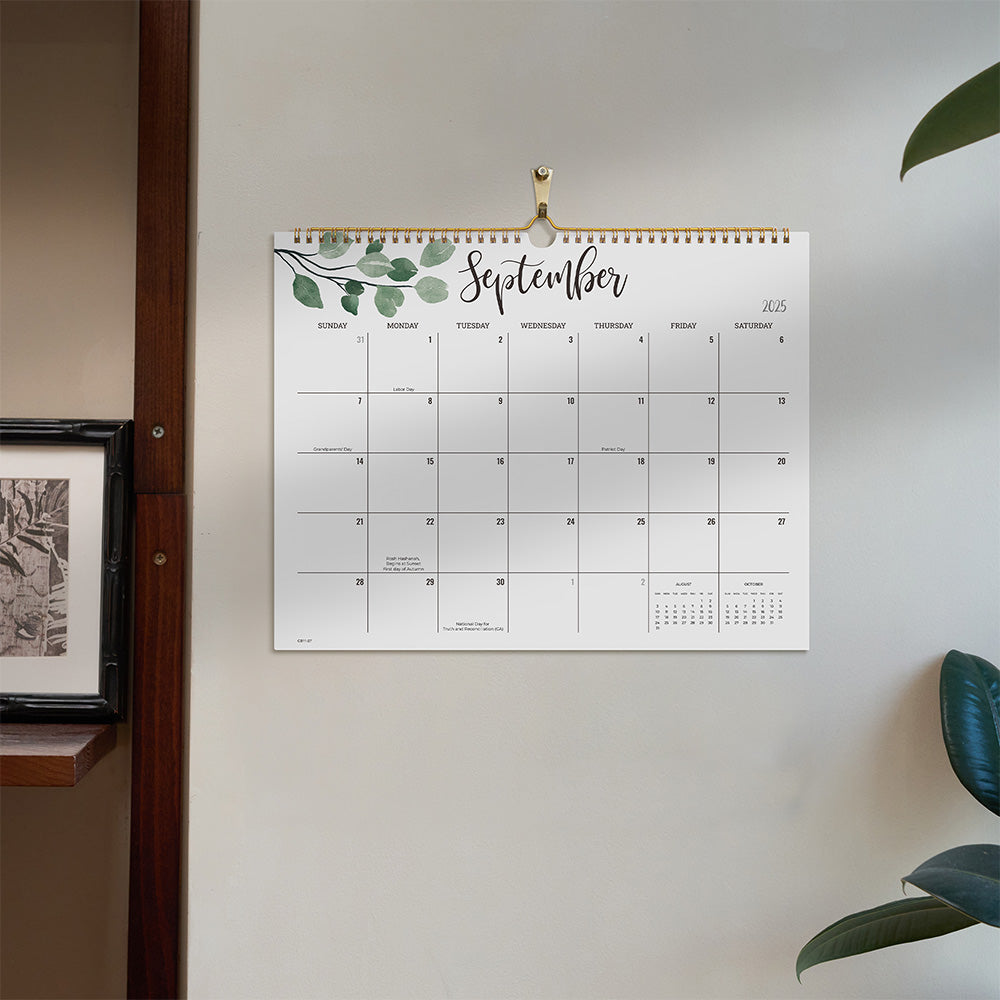
Leave a comment
This site is protected by hCaptcha and the hCaptcha Privacy Policy and Terms of Service apply.